How Programmatic Advtg Will Help You Sail through the Digital Disruption
This article is authored by Ashish Shah.
(Ashish Shah is the Founder and CEO at Vertoz. Vertoz is an Online Ingenious Ad network offering Innovative Contextual Advertising On DISPLAY for Page Ads, Margin Ads, Footer Ads & Text Ads, On MOBILE for WAP Website Ads & Mobile Applications Ads and On SEARCH (XML) for Domain Parking Ads, Toolbar Ads & Search Box Ads for Advertisers on Various Inventories of Publishers.)
Change is the only constant - goes an old adage. It is indeed quite relevant in today’s age of digital disruption. Advertising has been around since the ancient times. However, as technology has evolved, the consumption patterns have changed drastically. Today, everything and everyone is going digital. Consumers are spending an increasing amount of time online. Brands have naturally followed their customers and every business has an online presence these days. Customers’ needs are evolving. It is happening at this very moment, even as we speak! Consequently, businesses have adapted to this and have changed the way they reach out to their customers.
The questions brands need to ask themselves are - whether they are targeting the consumers at the right time and the right place? Are they making proper sense of all the data that is available to them? Digital advertising has changed the way advertising is done, disrupting the entire advertising ecosystem. Whether or not your business is evolving and adapting to these new dynamics, will decide its fate. Wondering what to do? Well, programmatic advertising provides a solution to all these problems.
While one cannot deny that the digital age has given rise to new problems, one needs to find innovative solutions to address these problems. Today, consumers have become omnipresent i.e. they are present on every channel and every device, and multiple screens. An average digital consumer owns around 3.64 connected devices. Hence, you need a multi-screen approach to figure out a way to deliver consistent communication to all your customers across all their devices. Programmatic techniques like Omnichannel targeting and cross-device targeting enable you to deal with this problem quite smoothly.
With customers’ digital footprints increasing, more and more consumer data is available at our disposal. This has given us great insights into the consumers’ preferences, their likes and dislikes. Moreover, a customer engages in multiple activities, across multiple devices, sometimes exhibiting different behaviour on each device. In such a situation, it becomes imperative to segment and profile the audience. Advanced technologies like Artificial Intelligence and Machine Learning enable us to do all of this, and much more. With the help of a Data Management Platform (DMP), AI and ML algorithms can mine huge sets of data, process & analyse the data in real-time, and spot interesting patterns hidden within it. DMPs are also used for data-driven targeting. This involves niche targeting options like demographic targeting, geo-targeting, targeting the O.S. and O.S. version, browser and browser version, device and device ID, and so on.
Today, there is intense competition among multiple brands, who are trying to grab your consumer’s attention. The consumers’ average attention span is around eight seconds. It is quite a task to stand out from the crowd within such a small time. Here, the differentiating factor is not the way targeting is done; rather, it is the way the message is delivered. Programmatic advertising helps you dynamically personalize your message. With techniques like Dynamic Creative Optimization (DCO), one can deliver personalized ads on run-time, based on the users’ real-time inputs. Creative Management Platforms (CMP), offer a computer-aided tool for DCO and improve the performance of an advertiser's creative by enhancing the ad unit's feature set. DCO can also be used for retargeting purposes, this reduces the costs for acquiring brand new leads. Programmatic Real-Time Bidding (RTB) facilitates simultaneous competition among multiple demand sources. This helps in having a clean costing structure and also brings in more transparency.
These techniques help to increase the conversion rates, which results in an increased ROI for the advertisers. A consumer has an average decision period of 30 days. Conversions are of importance and it is therefore important to analyse them and know exactly when and where during the decision cycle, is the conversion rate maximum. Programmatic advertising lets you capture the data at each stage of the cycle and lets you analyse it, and optimise it for better ‘View Through Conversions’.
The most crucial aspect of conversions is understanding the point at which the consumers are most likely to convert and target them at that very moment. It is all about targeting the right consumers, at the right time and the right place. Programmatic lets you do just that, and hence, is the right choice to help you sail through this digital disruption.
Views expressed in this article do not reflect those of the publication.



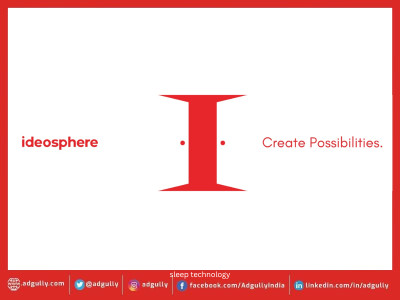
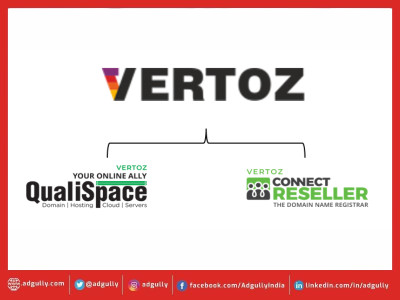
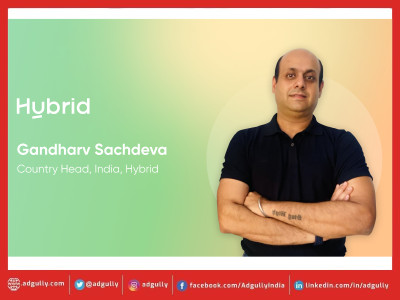

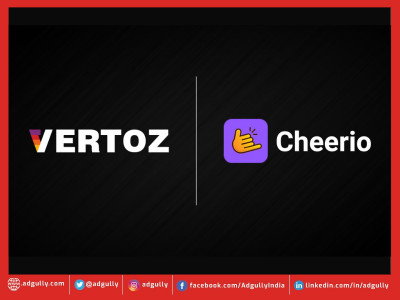


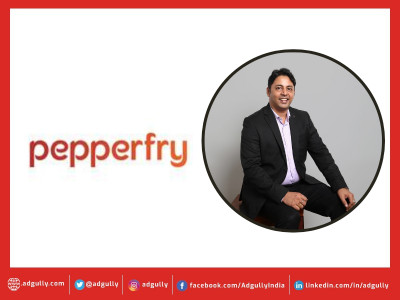
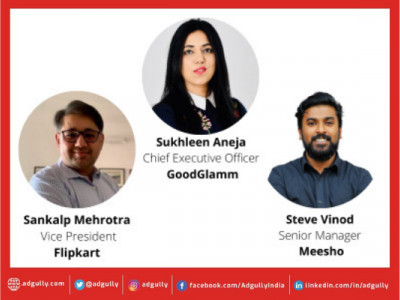


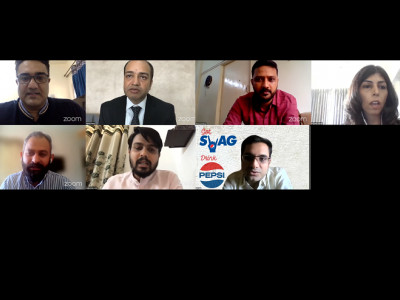

Share
Facebook
YouTube
Tweet
Twitter
LinkedIn